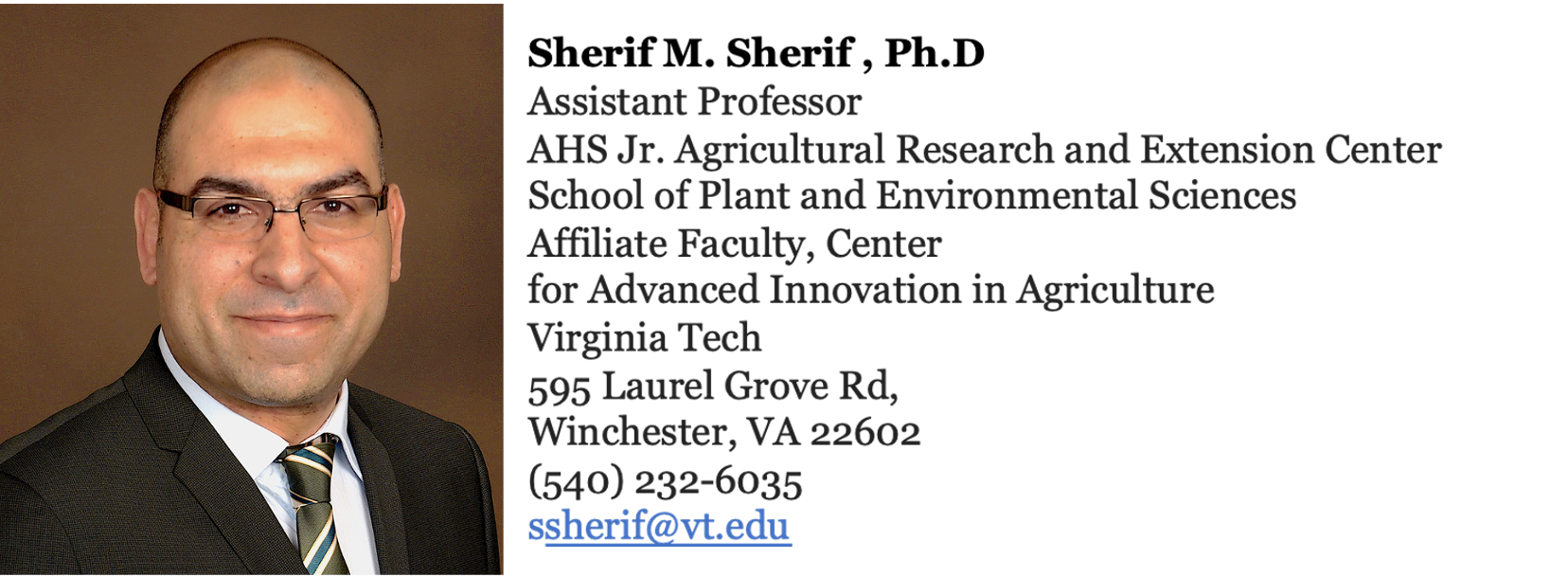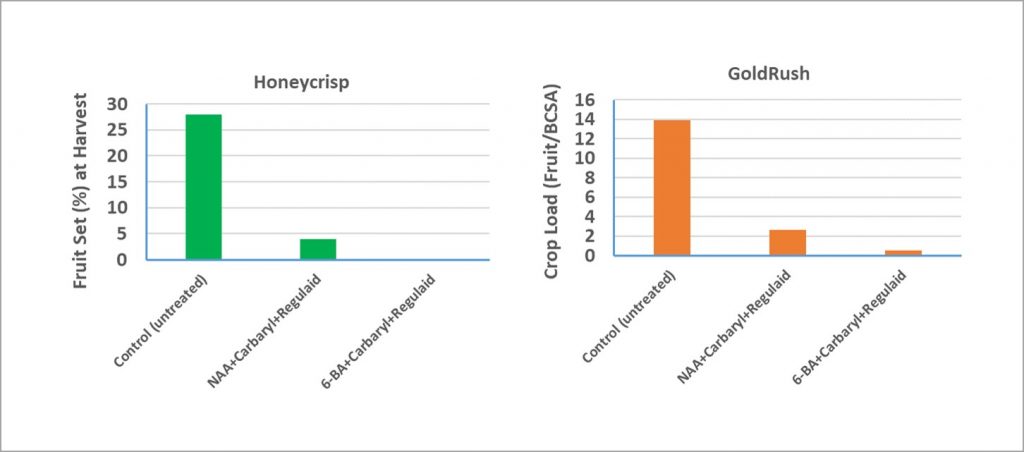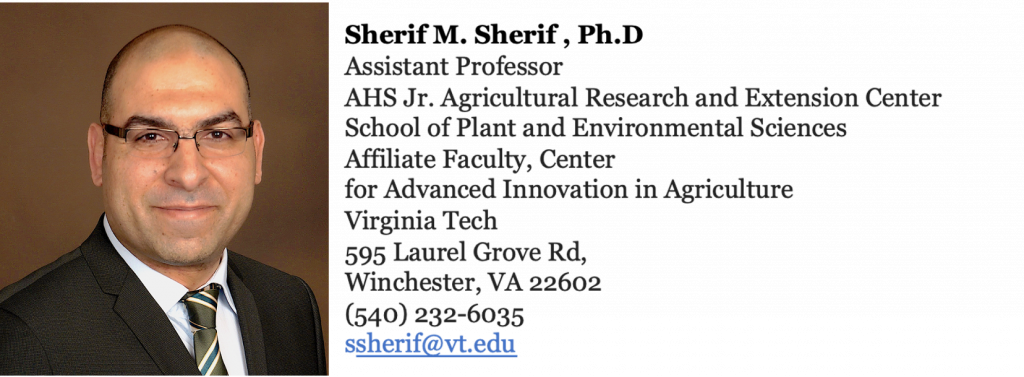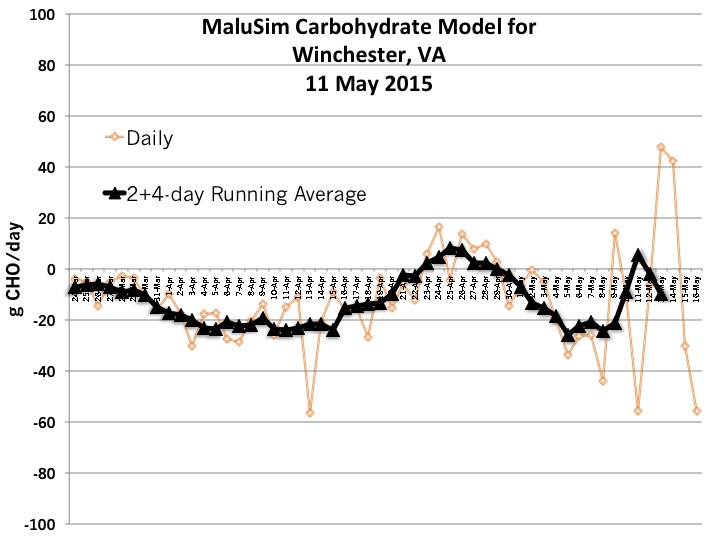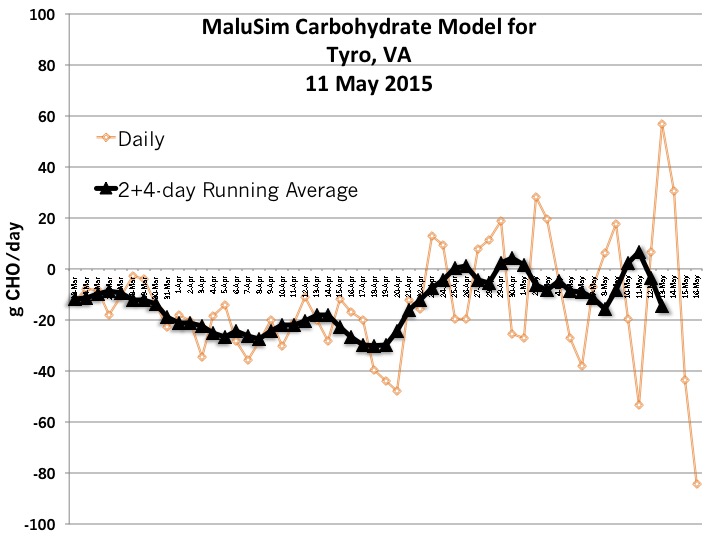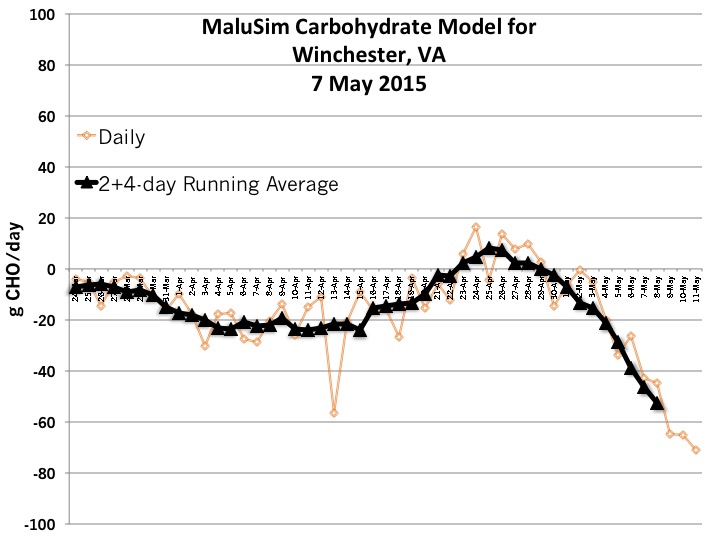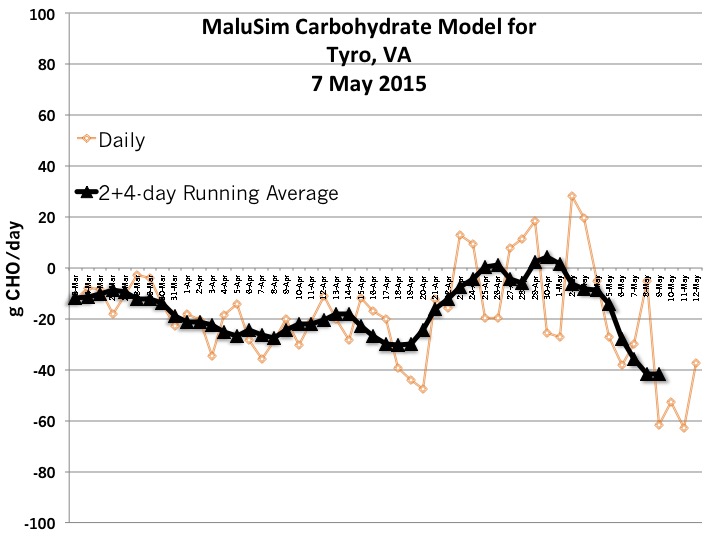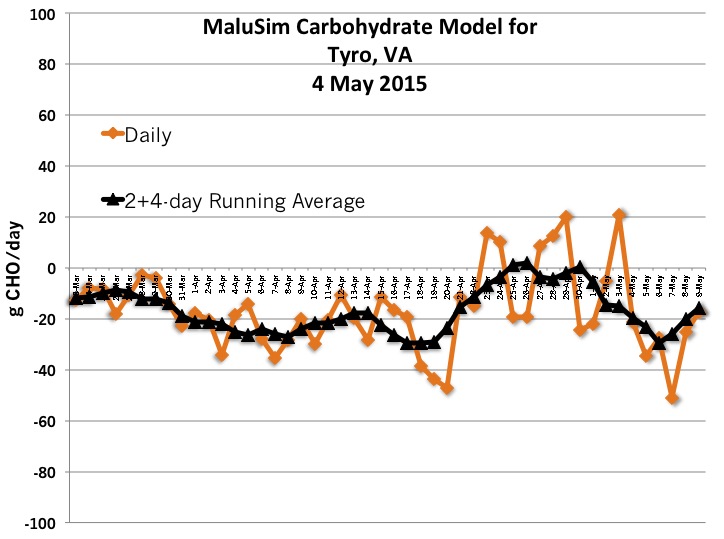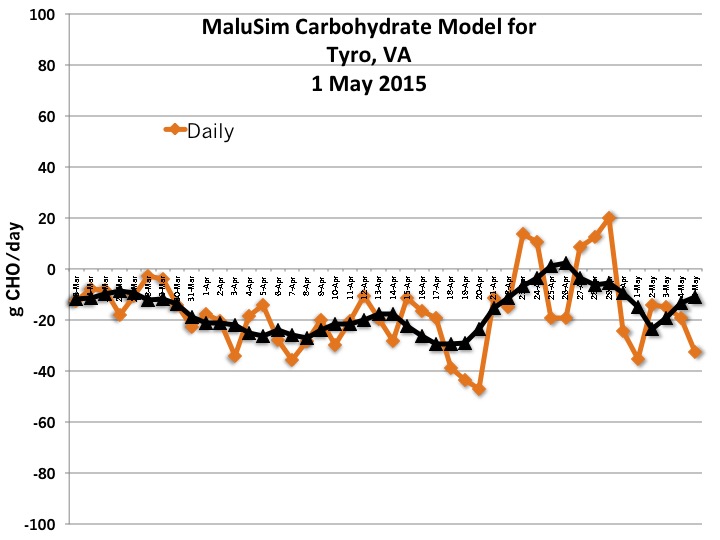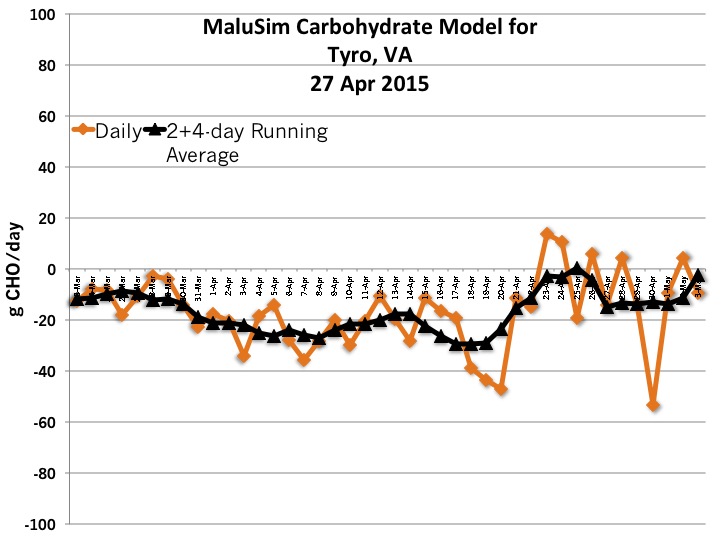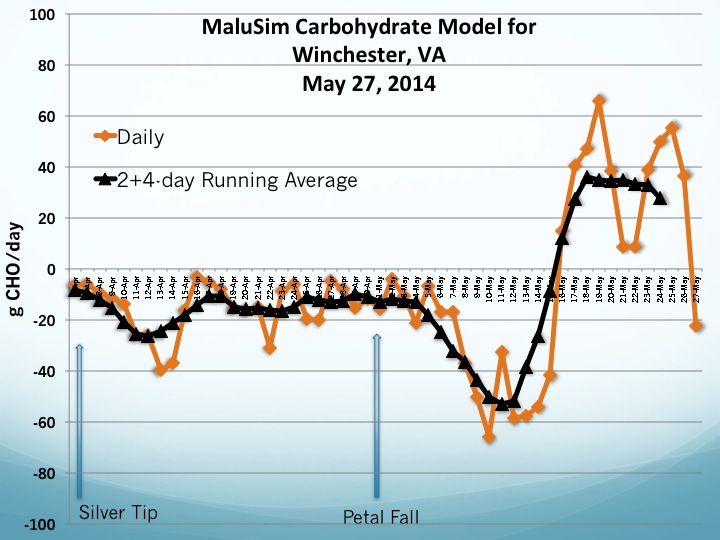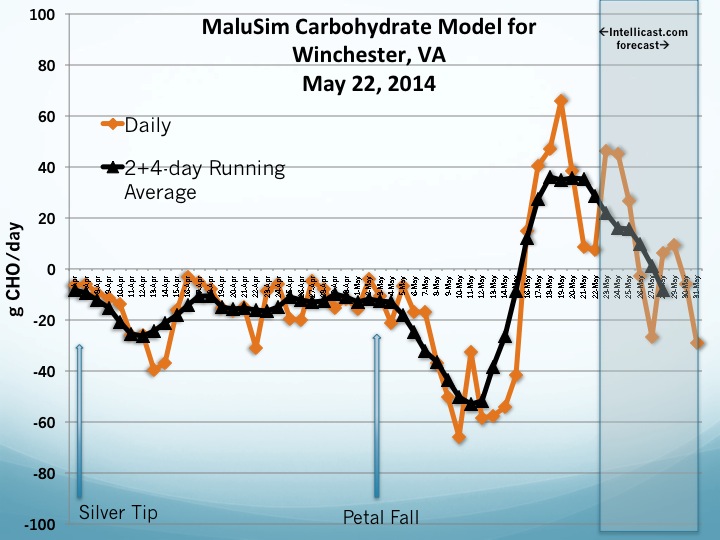Accede is a new thinning product from Valent BioSciences that you may need to consider for apple fruit thinning and peach blossom thinning. The active ingredient of this product is ACC (1-aminocyclopropanecarboxylic acid (ACC); a chemical that is produced naturally in plant as a precursor for ethylene (the ripening hormone). Unlike other ethylene-based products (e.g. ethephon), Accede doesn’t cause gummosis in peach and nectarine; and is not as aggressive when thinning apples.
For apple fruit thinning: Accede can be used when the king fruit’s average fruit size ranges from 8-25 mm. However, this product is mainly intended for later thinning treatments (fruit size 15-18mm) when the primary thinning materials (e.g. 6-BA and NAA) are no longer effective. This product should be applied at a 23-46 fl oz/acre rate. A reduced rate should be considered if the temp on the day of application is >90 oF, and the best results are achieved under slow drying conditions (e.g., early morning, at night).
For peaches and nectarines: Accede is the only labeled chemical thinning product. Unlike apple, Accede is mainly used as a bloom thinning treatment for peaches and nectarines. It should be applied between bloom and petal fall at 34-69 fl oz/acre rate. However, it was found that two applications (at 10% bloom and full-bloom), each at 34 fl oz/100 gal/acre, can achieve the best thinning results. The product works by causing early senescence to the flowers, thus preventing fertilization and fruit set of the unwanted crop. According to research conducted in MSU in 2021, two applications of Accede, reduced fruit set significantly and cut the time needed for hand-thinning in half, compared to untreated trees.
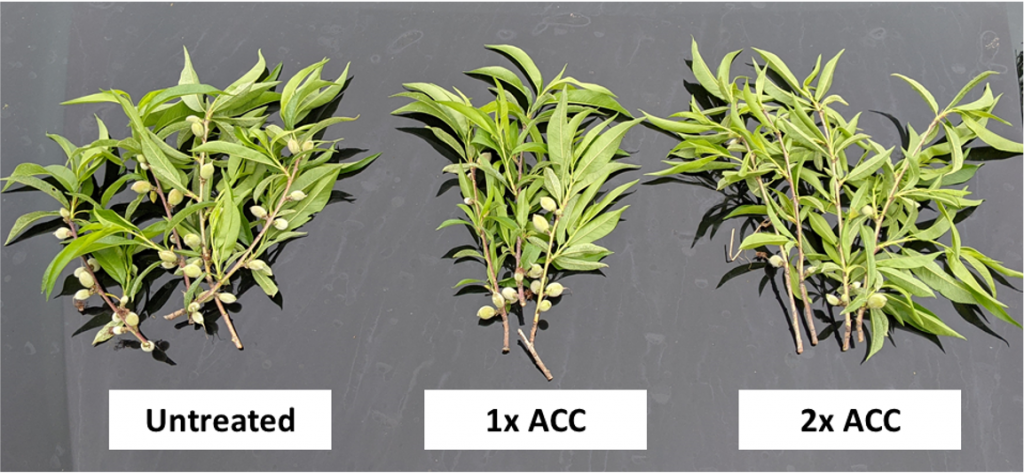
Precautions when using Accede for peaches and nectarines:
This product should not be applied to stressed, unhealthy trees as it may cause over-thinning. If frost occurs during bloom, you should wait until assessing the percentage of frost damage before applying Accede. The product should not be applied if rain is expected within 8h of application. Finally, this product should not be used for peaches and nectarines after petal fall.
Here is a link for the product label for more information about Accede.
